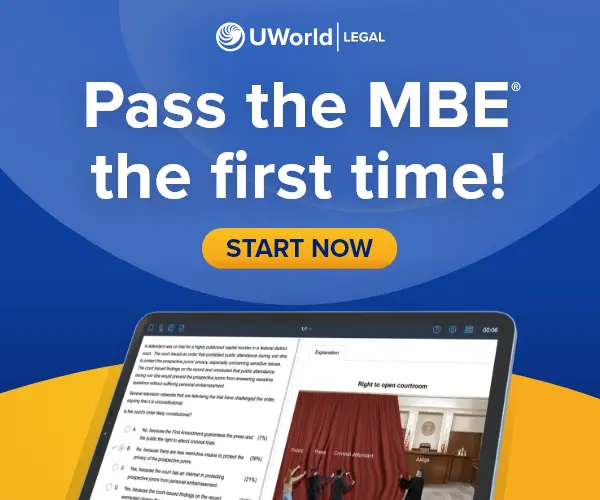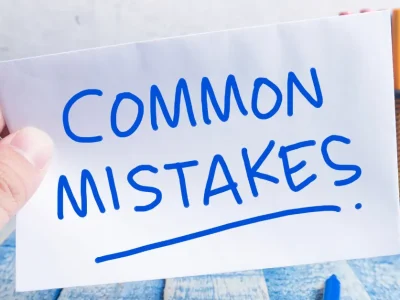Few evidence topics trouble students as much as hearsay. But there’s no reason to panic when you encounter a question dealing with an out-of-court statement. Follow these simple steps to identify and analyze any hearsay problem.
(1) Hearsay refers to an out-of-court statement offered to prove the truth of the matter asserted therein. A hearsay issue is easy to spot—just keep an eye out for statements made outside of the present proceeding. Remember that statements can be made orally, in writing, or through nonverbal conduct (e.g., head nod, shoulder shrug, thumbs up).
(2) Once you’ve spotted an out-of-court statement, ask yourself, “why is the party offering the statement?” If it’s being offered for the truth of the matter asserted therein, then the statement is barred by the rule against hearsay (absent an exclusion or exception—we’ll get into that next).
For example, the statement “I broke into the warehouse alone” is offered for its truth if it’s being used to prove that the declarant actually broke into the warehouse alone. But if the statement is being used to impeach a witness’s in-court testimony that she broke into the warehouse with another (or used for some other purpose), then it’s not considered hearsay.
(3) If the statement constitutes hearsay, then determine whether it falls within a hearsay exclusion or exception. If so, the statement can be offered for its truth.
Certain statements are excluded from the rule against hearsay (i.e., are considered nonhearsay) even though they meet the definition of hearsay. The criteria for exclusion depend on whether the statement is being offered against a declarant-witness who is subject to cross-examination OR against a declarant who is an opposing party.
Other statements are sufficiently trustworthy and can therefore be excepted from the rule against hearsay. Hearsay exceptions are divided into two categories: those that apply when a declarant is unavailable (e.g., refuses to testify, is missing or dead) and those that apply regardless of the declarant’s availability. These hearsay exclusions and exceptions are summarized in this flowchart:
Hearsay doesn’t have to be scary. Just remember to run out-of-court statements through the analysis above when answering practice questions in the UWorld MBE® QBank—click here to access our QBank or purchase a subscription. With a little practice, you’ll soon be on your way to conquering this area of evidence!
MBE® is a registered trademark of The National Conference of Bar Examiners® (NCBE®). NCBE does not endorse, promote, or warrant the accuracy or quality of the products or services offered by UWorld Legal.




